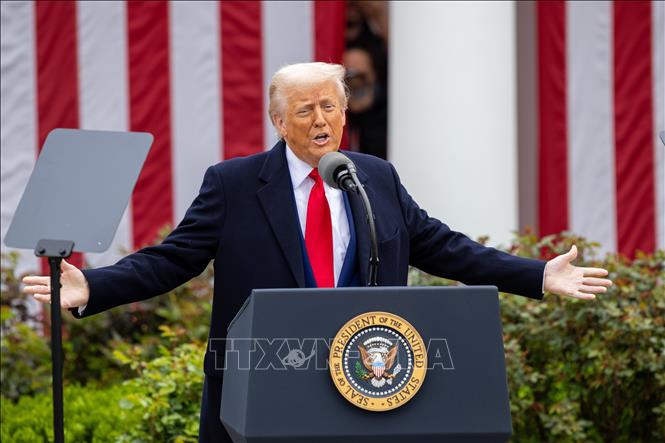
President Trump acknowledged the complexity of the US having to "struggle" to conduct trade negotiations with a series of economies around the world. Speaking to reporters before leaving for Iowa on July 3 (local time), Mr. Trump said that the letters would be sent to 10 countries at the same time, stating the tariffs that the US would impose on imported goods from 20% to 30%.
“We have over 170 countries, and how many agreements can you make? It’s very complicated,” Mr. Trump commented.
After July 2, the US leader had said he expected “some” more detailed agreements with some countries. However, in his latest announcement, he said he would prioritize notifying most of the remaining countries of a specific tariff rate, skipping detailed negotiations.
President Trump’s comments underscore the challenges the current US administration faces in finalizing a series of trade deals covering a wide range of areas — from tariffs to non-tariff barriers such as agricultural import bans.
In April, top Trump aides said they would try to complete 90 deals in 90 days, an ambitious goal that was met with skepticism by trade experts who know the complex and time-consuming nature of past trade deals.
In a related move, US Treasury Secretary Scott Bessent told Bloomberg Television that about 100 countries could be subject to a 10% reciprocal tariff and predicted a series of trade deals would be announced before the July 9 deadline – after which goods from these countries entering the US could be subject to much higher tariffs, as Mr. Trump announced in early April.
On April 2, Mr. Trump sent global markets reeling by announcing reciprocal tariffs ranging from 10% to 50%. However, he temporarily reduced tariffs for most countries to 10% to give time for negotiations with the United States before the July 9 deadline.
Many countries with initial 10% reciprocal tariffs have yet to enter into any negotiations with the Trump administration, with the exception of Britain, which reached a deal in May to keep the 10% tariff and get preferential treatment for some sectors such as cars and aircraft engines.
Major trading partners are still pushing to soon complete a trade agreement with the US, including the European Union (20% tax), India (26% tax), and Japan (24% tax).
Among the major partners, the EU seems to be the one with the most optimism, but it is not aiming for a final agreement before the July 9 deadline. Accordingly, European Commission (EC) President Ursula von der Leyen announced on July 3 that the EU is "ready for a deal" with the US. Speaking to reporters in Denmark, Ms. von der Leyen emphasized that the EU's current goal is to reach a principled agreement with the US before July 9.
The EC President said this was a huge task, as the EU and the US currently have the largest bilateral trade turnover in the world, worth around 1.5 trillion euros ($1.8 trillion). Ms. von der Leyen said that given the large scale of trade between the two transatlantic allies, completing a detailed agreement within the current 90-day time frame was "impossible". The EC President said the EU still prioritized a negotiated solution, but at the same time had prepared plans and interim measures to protect Europe's economic interests in the event of a failure to reach a desired agreement.
Source: https://doanhnghiepvn.vn/quoc-te/tong-thong-trump-bat-ngo-thay-doi-chien-thuat-dam-phan-thue-quan-voi-hau-het-cac-nuoc/20250704095843064


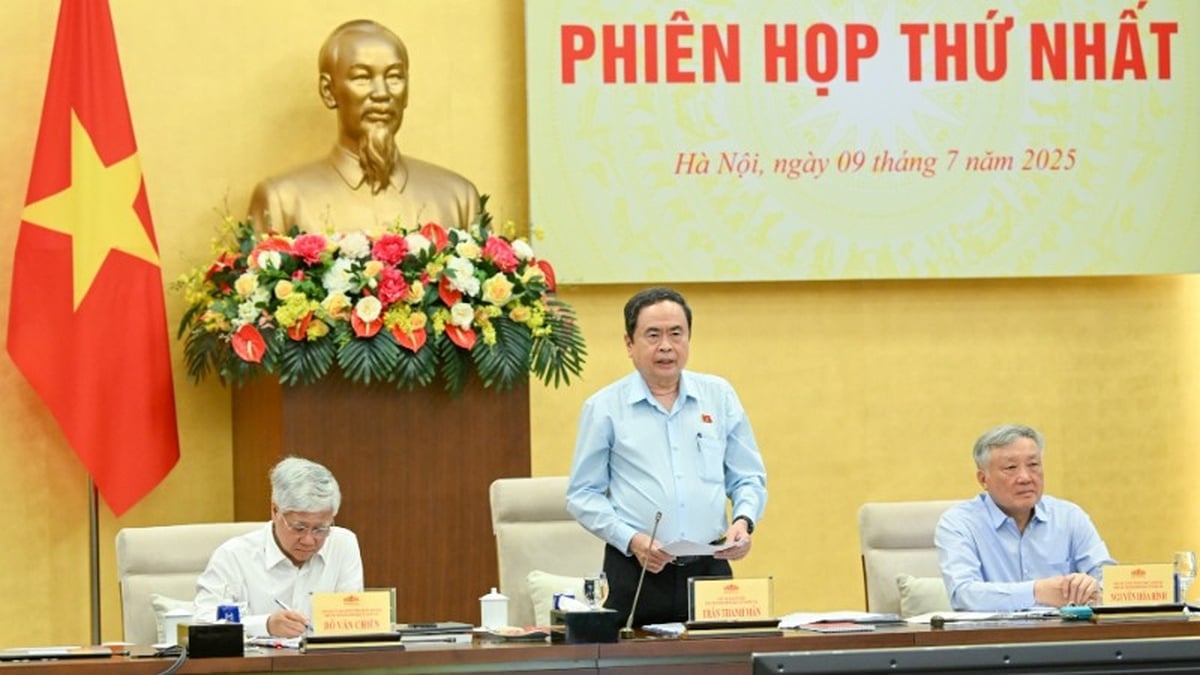
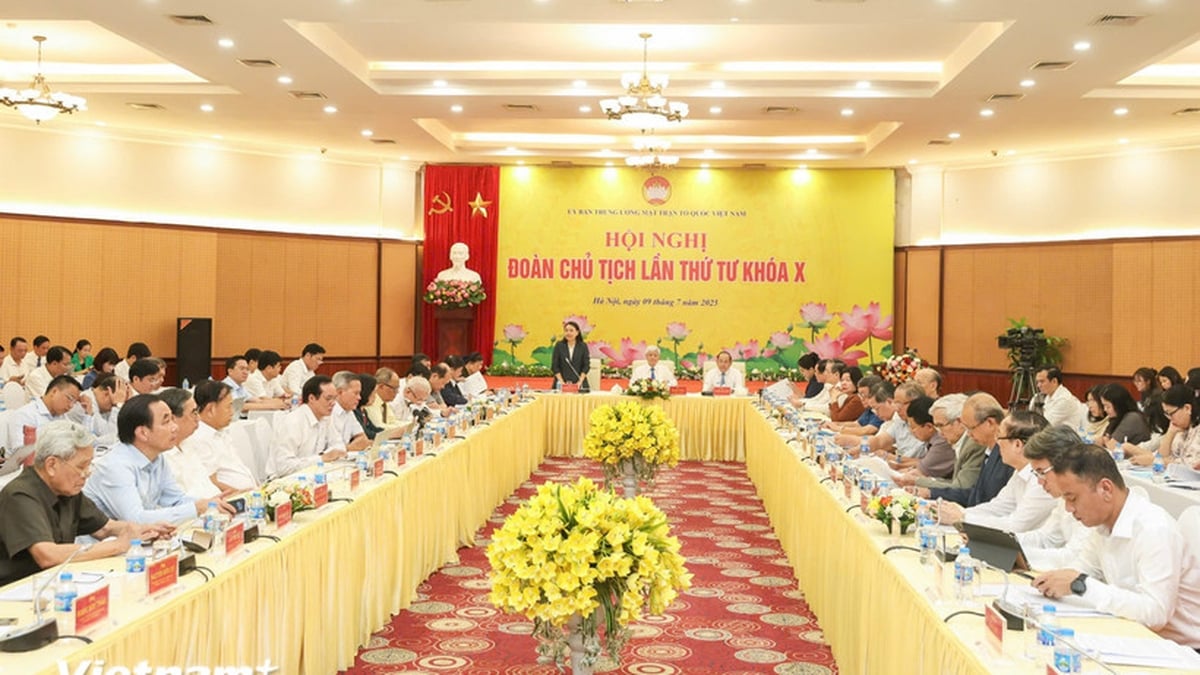
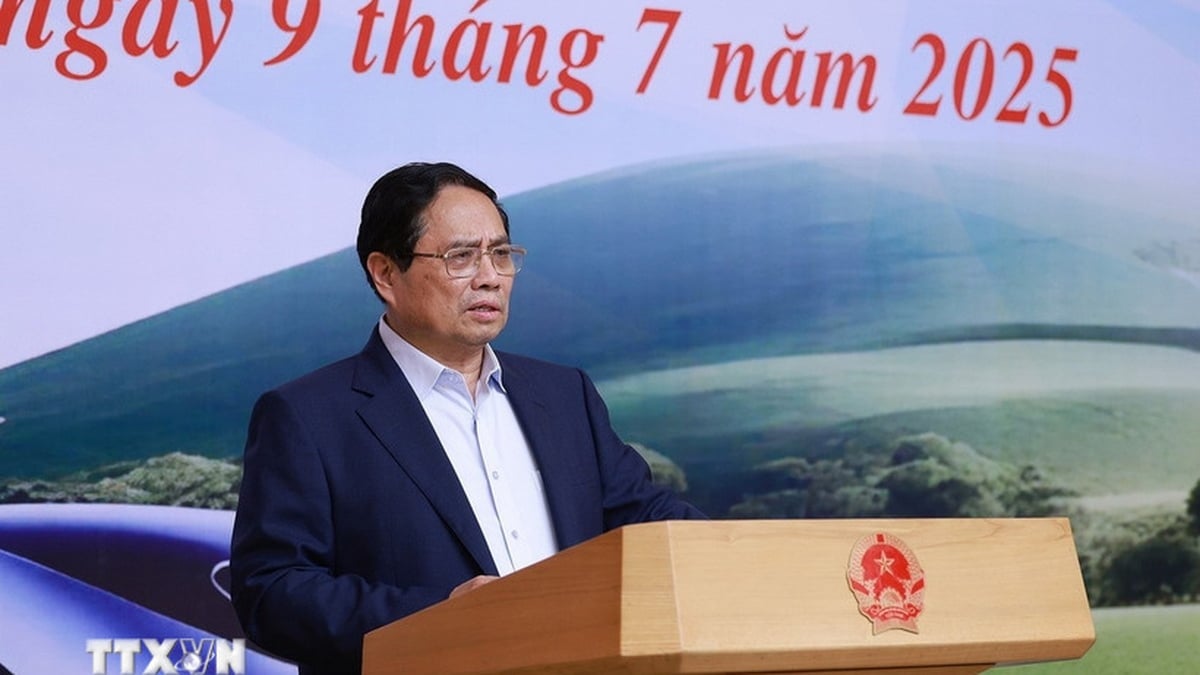





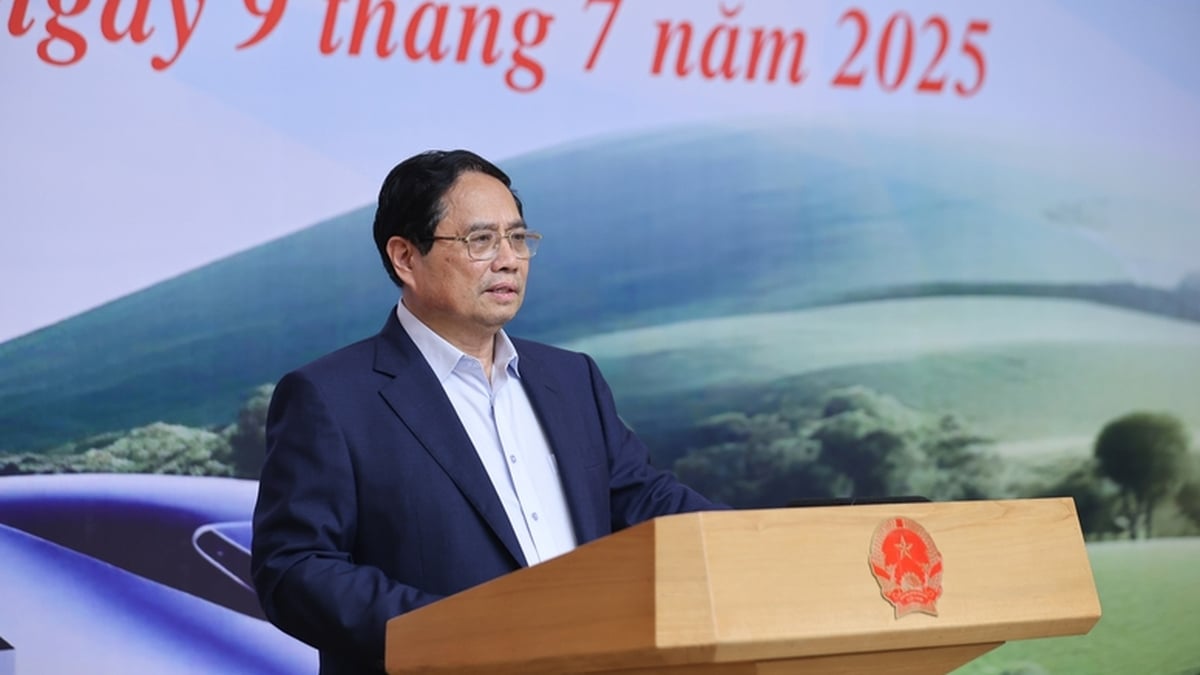













































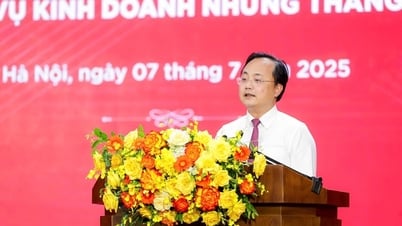

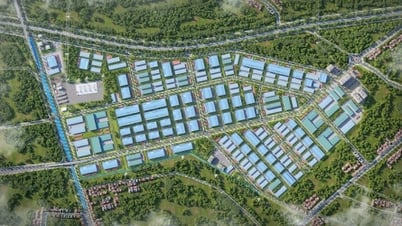















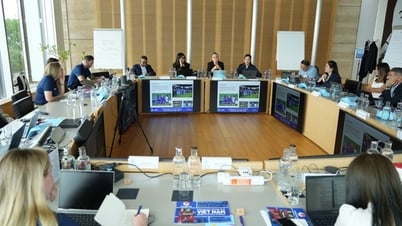

























Comment (0)